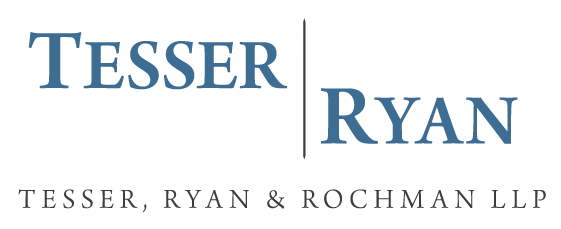What Business Structure Should You Choose?
by Daniel Reichelscheimer (Associate) and Timothy Nolen (Senior Associate)
In starting a business, one of the most important choices the owner must make is the business structure. This decision will have significant legal and tax implications for the business. New York offers a wide variety of business structures, including the following:
(1) Sole Proprietorship– A sole proprietorship is an unincorporated business organization run by one individual, with no distinction between the individual and the business. The proprietor is entitled to all the profits, but is also personally liable for all the financial obligations of the business.
(2) Corporation– A corporation is an entity that is created to conduct business. It is a separate entity from the individuals who own it—the shareholders. A corporation is subject to “double taxation,” which means that the corporation is taxed twice—first, when the corporation makes a profit, and again when dividends are paid to shareholders. The key benefit of corporate status is that shareholders enjoy “limited liability”—they are not personally liable for the financial obligations of the corporation. Corporations are required to abide by corporate formalities including keeping required records and holding annual meetings of directors and shareholders.
(3) S-Corporation– An S-Corporation is a corporation that has elected to have S Corporation status with the federal and state taxing authorities. That election allows a corporation to avoid double taxation. S Corporations are “pass-through” entities—they are not required to pay corporate tax on the profits of the corporation; all profits and losses are passed on directly to the shareholders of the corporation. Not all corporations are eligible to elect S Corporation status.
(4) Limited Liability Company-A limited liability company is a business structure that combines pass-through taxation with limited liability. LLCs are given great flexibility in fashioning their management and financial structures. Like corporations, LLCs are also required to observe certain formalities, albeit less formalities than corporations. Owners of LLCs are called “members.” A member who is also an employee of the LLC may be responsible for self-employment taxes.
(5) Partnership- In most cases, a partnership arises where two or more persons carry on a business for profit, without selecting and forming another business structure. Partnerships can be structured to limit liability to limited partners (not general partners).
The answer to the question of “What business structure should you choose?” depends on many factors, and should be discussed with legal counsel.
For advice about the pros and cons of various business entities, or to set up a business entity, contact Tesser, Ryan & Rochman, LLP at (212) 754-9000.
